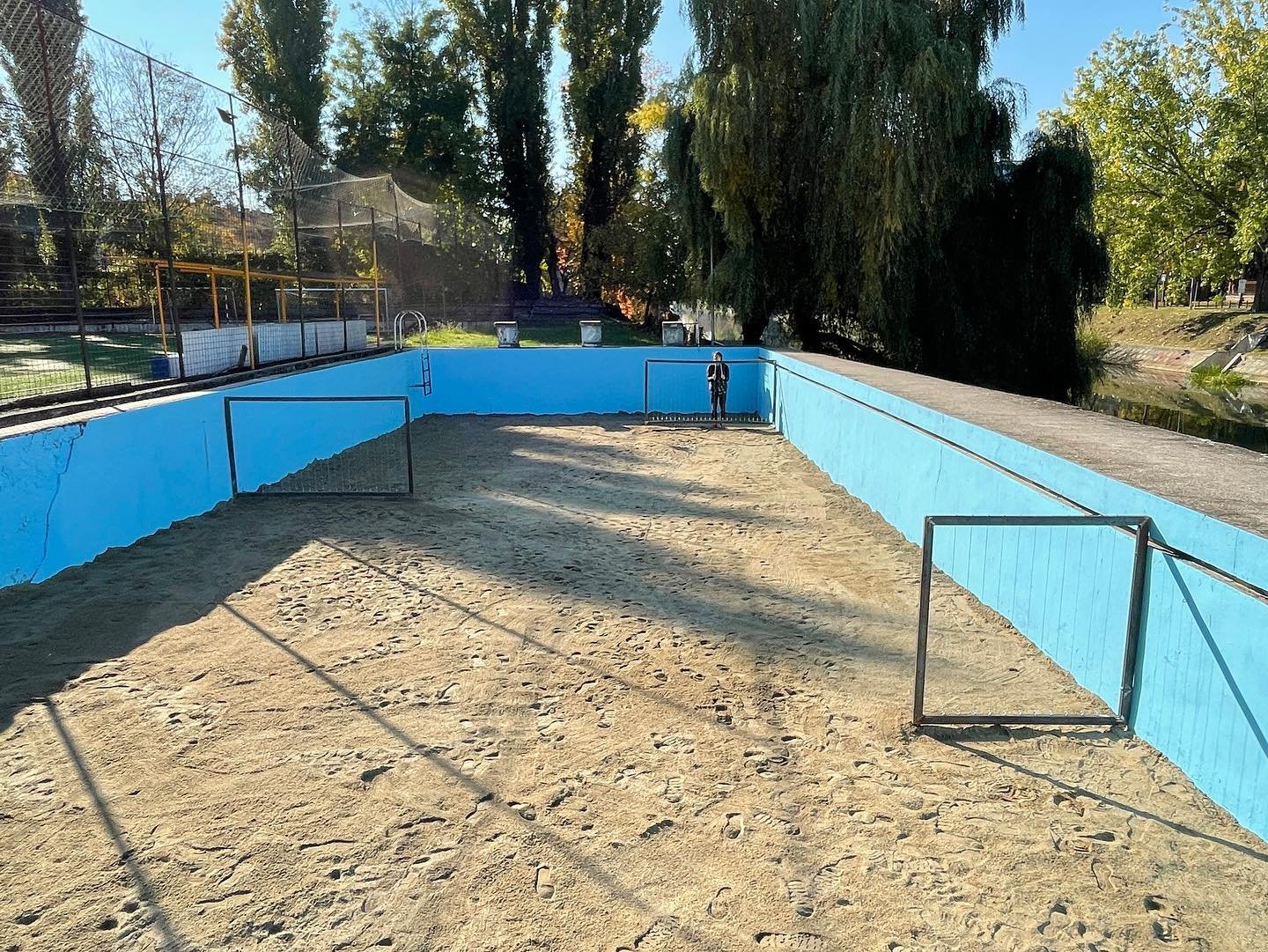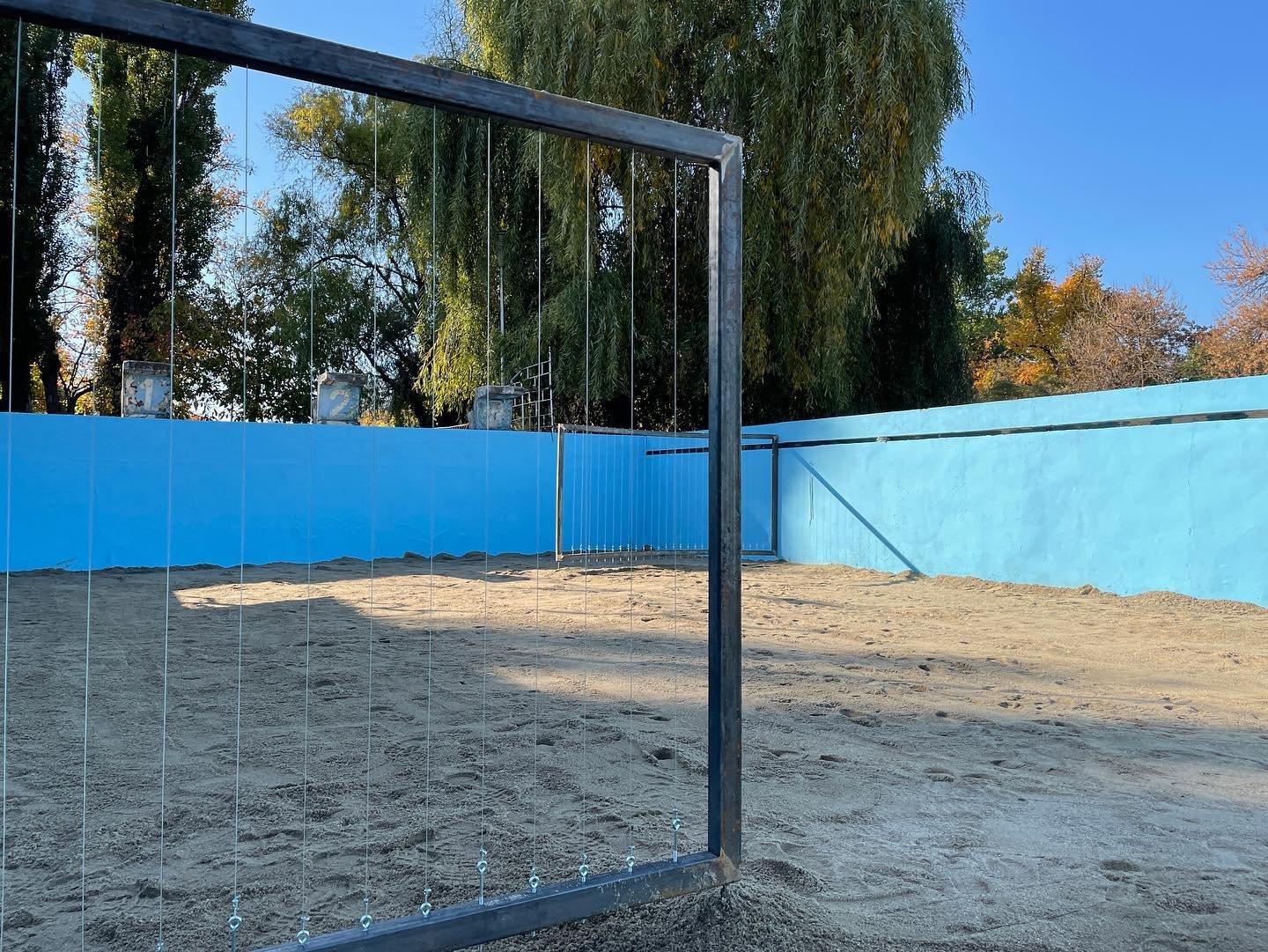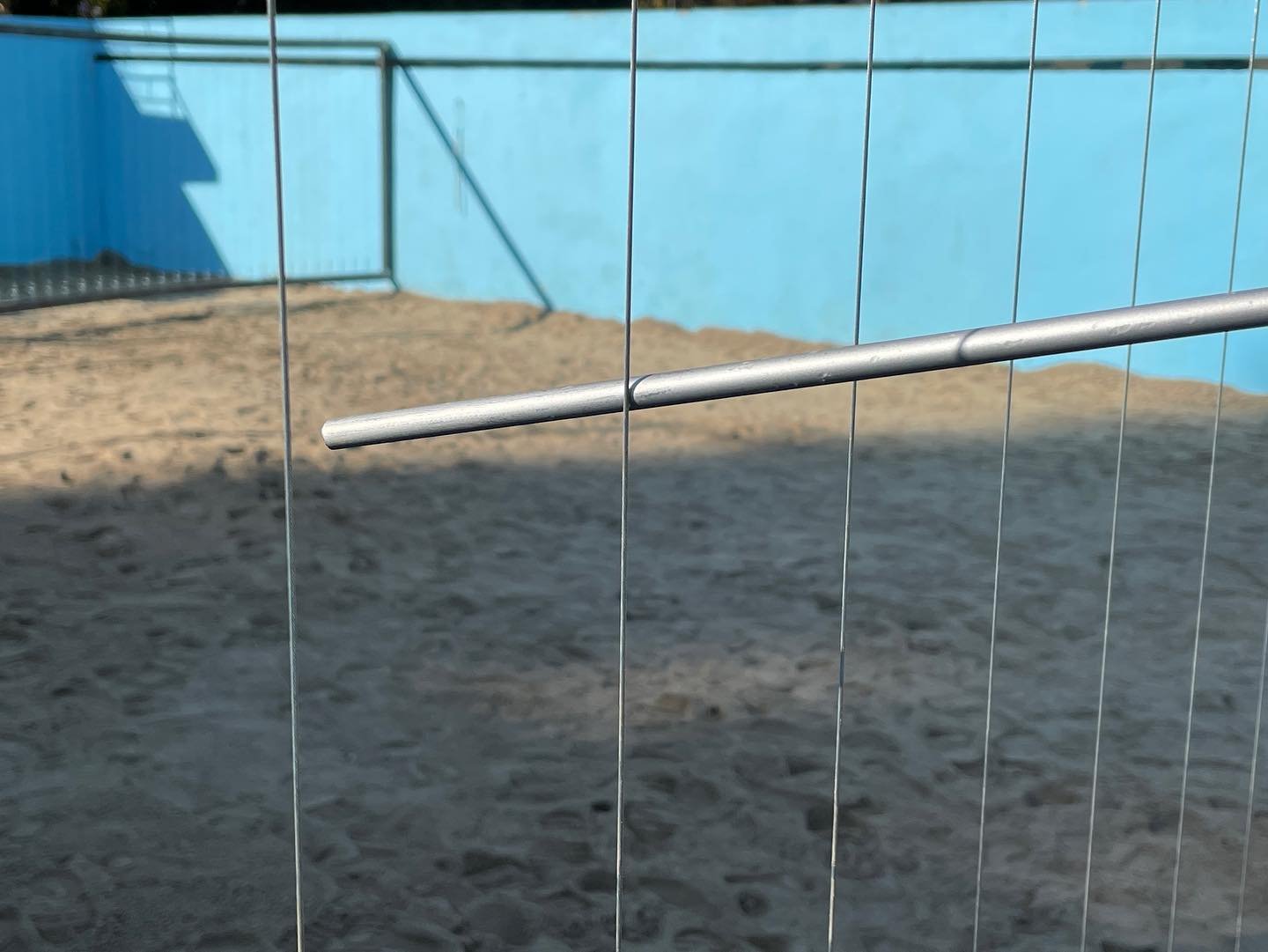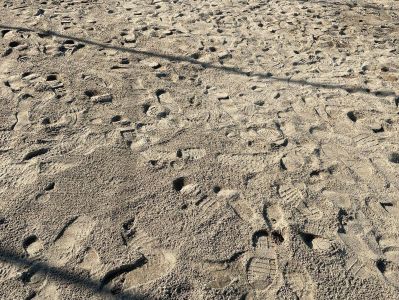Water supplies are shrinking at the same time as climate change is generating more intense rain. The main cause is the drying of soils, a result of anthropocentric macro-agribusiness, usage of chemical pesticides, extractive industries and land appropriation. As moisture in the soil recedes, the excess of rainfalls soothes contaminated cracks and clefts, without reaching progressively draining lakes and rivers. However, global distribution of drought, scarcity and desertification is not a climatic pattern which repeats evenly, but rather depends on economic impairments and geographic positionalities. Current demands for sustainability transform the conditions of livability for human and more-than-human communities into a question of affordability, fluctuating according to natural resources control and political power organization. While the rates of desertification are increasing, the monetary value of water is rising, and lakes and rivers are becoming scalable assets to own and trade.
Ode to dried-up water bodies is a site-specific acoustic installation which addresses the deeply layered shortage of the blue horizon, the one beneath our feet, due to the inseparable climatic and economic accelerated changes. Built in an abandoned pool which in the past years served as a space for physical recreational purposes, the installation imagines a deserted scenario and includes four acoustic metal instruments which become sonorous when activated by audience and winds. Across Europe, groundwater depletion trend is estimated to reach environmental flow limit in less than 50 years. In Romania, according to the National Institute of Hydrology and Water Management, approximately 400 rivers and small running waters dry up completely once every five years, leaving temporary or other times permanent empty river beds.















